iRead Interview with Zohreh Ghaeni, Founder of Read with Me Program
About iRead
The IBBY-iRead Outstanding Reading Promoter Award has been established by the Shenzhen iRead Foundation and IBBY to encourage a real commitment to the cause of reading promotion in the hope of spreading this dedication to others around the globe. Part of the award goes to the selected promoter or individual, and part of it goes to an organization that the winners announce. Marit Törnqvist, one of the 2020 iRead winners, selected the Read with Me program which led to this iRead interview with Zohreh Ghaeni, founder of Read with Me.
General Information:
- Just in a few sentences, could you tell us what is Read with Me?
“Read with Me” is a project designed and implemented by the Institute for Research on the History of Children’s Literature (IRHCL), to promote literacy and reading for/with disadvantaged children who are generally at risk, the deprived children and children in crisis.
The Read with Me project has been developed based on vast research for near twenty years on children’s literature and creative education in the Institute
for Research on the History of Children’s Literature in Iran. The project has been
implemented for more than ten years in wide areas of Iran (mostly deprived parts of the country), among children at risk, refugee children from Afghanistan, Pakistan immigrant families, and also in some Farsi speaking regions of Afghanistan.
- Read with Me was established in 2010. Against what background was the project established? What problems were you seeing in Iran?
Reading literature with the aim of intellectual, emotional and social development of children is not an integral part of the Iranian education system. This problem is bolder in deprived communities, where children live in poverty; have to work and often their rights are violated.
There are thousands of children working in Tehran and other big cities of Iran. They work in small workshops or they are seen in all neighborhoods digging into garbage bins for recyclables, or selling chewing gum or flowers
at the intersections. Most of them are members of undocumented Afghan families who live in Iran illegally, which means that they are barred from attending school. Some are Iranians whose parents have left their rural homes to try and earn a living in a big city. Also, many children in remote areas of Iran live in cultural poverty and deprivation and they are excluded from the least facilities to grow their capabilities.
Based on this reality, the Institute has developed the project “Read with Me” since 2010 aiming to encourage deprived children and young adults to read, to improve their basic literacy and comprehension, and help them to learn skills such as critical thinking and creative problem-solving.
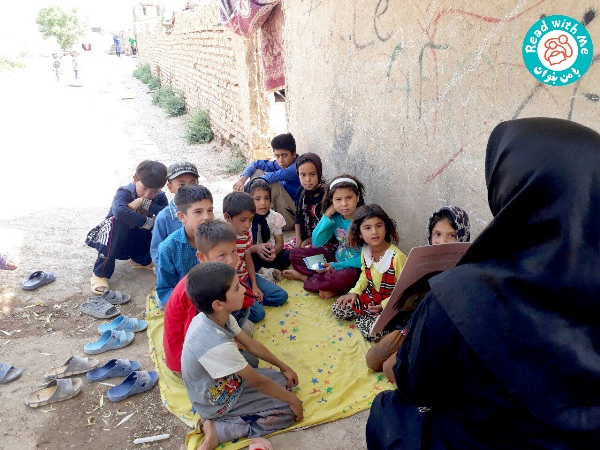
- What is Read with Me’s the theory of change? (If there is one) How did you design the project to tackle these problems?
We believe empowering the disadvantaged children and their families through literacy acquisition and reading literature, help them to gain the basic and essential skills to get themselves out of the cycle of poverty and deficiency.
The project is designed based on:
Making Quality books accessible to children, Sharing the books with children (reading aloud and doing related activities), training the adults who work with children (promoters), and evaluation. And keeping in mind that volunteer work and fundraising (financial sponsors) are two key elements to Read with Me achievements.

The project is designed on following base points:
◙ Supply quality books for children and their families, caregivers, teachers and librarians, sharing books with children through reading aloud and doing related activities to develop life-long interest in reading and literature in deprived areas
◙ Train tutors, teachers and librarians in deprived areas to promote literacy through literature and reading quality books.
◙ Empower mothers, who are mostly not well-educated and aware of their abilities, to change their attitudes towards their role, through workshops to improve their children’s lives and their chances to thrive in the future;
◙ Promote the concept of emergent literacy in the society by publishing books and guidelines, holding workshops for parents, kindergarten, preschool and school teachers, and librarians
◙ Expand children and young adults’ libraries in deprived areas as rich literacy environments compatible with children’s rights and needs;
◙ Improve basic literacy and language skills among bilingual children;
◙ Expand Living values and skills and environmental values through book reading.
- How many full time staff do you have working for the project and how many volunteers?
۱۰ full time and 5 part time paid staff and about 50 volunteer staff around the country.
- This year celebrates Read With Me’s 10-year anniversary. Could you briefly share with us the development of Read With Me in the past 10 years.
In 2010, the Read with Me program was implemented as a pilot plan for about 140 students in MahmoudAbad, a village near Tehran. After 10 years of hard work, Read with Me has been implemented in 23 provinces of Iran and 3 cities of Afghanistan (Kabul, Mazarsharif and Panjshir).
It has reached to several hundred thousands at risk and unprivileged children and their families;
More than 10,000 teachers, librarians and volunteers are trained;
Hundreds of mothers with their babies and toddlers have participated in Read with Me workshops in marginal neighborhoods of large cities;
Almost 100 libraries have been set up with rich literacy environments, defending
children’s rights especially the right to read and learn;
Many girls in small villages without a chance to study after the elementary school, have been working as librarians in their village libraries;
It has worked in vast various fields: schools, nurseries, hospitals, factories, in natural and social crisis, in Iran or Afghanistan, for newborn children to young adults.
- The project has three main features: expandable, flexible and sustainable. What do they mean? Can you give us some examples on how you make sure the project is expandable, flexible and sustainable?
It is expandable: The project has realistic, clear and simple principle that are designed within a user-friendly model. When the people understand the principles and trained through workshops, it is easily adapted and implemented by every interested local organizations and individuals.
It is flexible: The structure is designed in a flexible way so that it can be adjusted to different social and cultural needs, whether urban or rural environments, or different setting such as preschools, schools, orphanages, and hospitals or even in factories. By now, the preschools and schools from different regions with different language and cultures, all around Iran and even in Afghanistan have joined to this program.
It is sustainable: The constant supervision and evaluation of the project along with permanent access to quality books for children and their families through establishing child- centered libraries near schools and small libraries inside the classrooms, involving families specifically mothers in the project, expected to ensure the sustainability of the project.
Building Different Types of Libraries:
- Read with Me now covers 23 provinces in Iran and several 100,000 children and young adults. How does Read with Me choose the location and people to work with? From establishing connection with an area to building and managing a library, is there a standard procedure?
During the first years of the project’s implementation centers were assessed and chosen by Read with Me team, considering the requirements and necessity of the project in each region. Since the project was mostly implemented in schools, a cooperative Education Office in the region was also another important criteria to choose a region. But in recent years, due to recognition of the project in most parts of the country, requests from different centers are received at Read with Me office. Choosing the locations and people depends on several factors or criteria:
- The locations should be deprived areas and families should be from the low -income ones.
- The people whether from schools or kindergartens or any kind of centers should be interested and cooperative ones
- In some cases, the sponsors determine the deprived areas which they are interested to support
Also, unfortunately there have been many natural catastrophes in Iran in recent years, and as children in crisis are an important focus of the project, regions affected by earthquake or flood have been chosen for project’s implementation.
- Read With Me make quality books accessible to children in many different ways, such as providing cloth pocket libraries, building classroom libraries, school libraries and later on local libraries. How do you decide which kind of library to build? Could you tell us about each type of library Read with Me build?
The most important objective of the project is to provide quality books for children. According to this objective, libraries have an important role to make books accessible to children. The kind of the library is decided based on the project’s features in each region or center. At best, classroom libraries are expected to work along with school or local libraries. Classrooms, Schools and local libraries work in cooperation with each other to provide quality books to children, and their families.
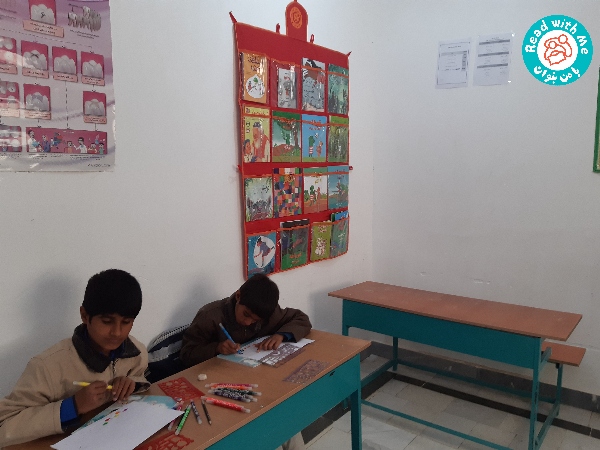
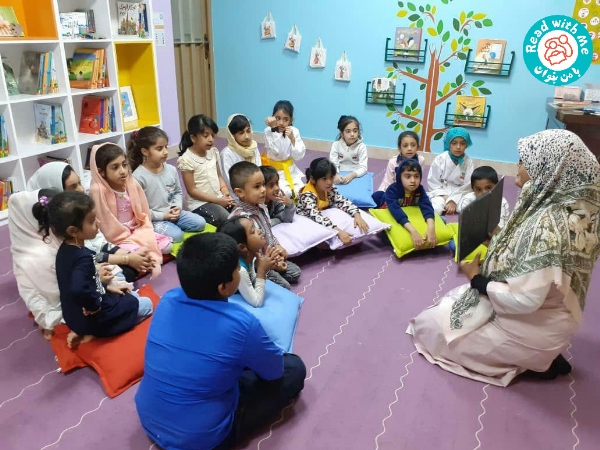
- I really like the interior design and decoration of the libraries Read with Me built. How is the design of each library done? Are there any guidelines that you follow?
We consider children in every aspect of the library design. Whether it is color or light, or it is the library equipment; or whether it is library service and books. Each aspect of the library should be at child’s interest level and it should be compatible with children’s rights and needs. Also rich-literacy environment is a critical aspect in our library design. We insist on environment as a motive and also a source for children to learn and get interested in books and reading.
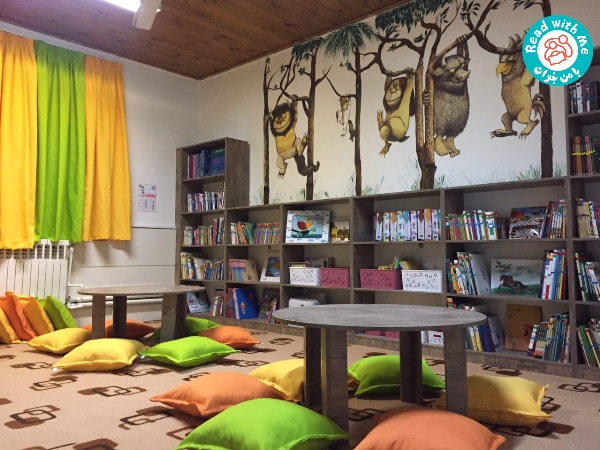
- How are the Read with Me libraries run and managed?
Considering the differences between libraries in every region, libraries are managed in different ways. Some libraries are running by volunteer mothers, some are running by teachers in schools or preschools. In some remote villages, some out-of-school young adult girls run the libraries and some libraries have full-time employed staff.
Librarians send their reports to “Library Supervision Team”, and they receive feedback based on their work. Also by close monitoring, libraries needs are assessed and provided so the libraries can perform as good as possible.
- The motto of Read with Me is “all children have the right to read quality books”. Quality book is something “Read with Me” places great emphasis on. For Read with Me, what books are quality books? And how do you choose the books for the libraries?
The list of quality books is prepared by an expert and professional team. The selection criteria include the aesthetic and literary qualities of writing and illustrating as well as the ability to see things from the child’s point of view and the ability to stretch the child’s curiosity and imagination.
The subjects of books are very important in Read with Me project. Read with Me tries to promote living values and skills and as well as environmental values through books.
- Read with Me works with different kinds of vulnerable children such as working children, orphans, refugees, children in hospitals and earthquake affected areas and so on. Do you use different approaches when working with children in different situations?
There are several common principles which are followed in every single project. Such as sharing quality books with children, making the books accessible to them, reading aloud the books, doing artistic related activities with children after reading, promoting dialogic reading among children and the adult, empowering parents, teachers and librarians and enriching their knowledge on children’s literature and sharing books with children through various workshops.
But of course the list of books, methods of sharing books with children with different problems and the type of activities would be somehow different. The books are selected for each center based on the needs and interests and also the regional conditions.
Also we focus on some specific parts of the project depending on the circumstances. In bilingual provinces where the illiteracy is the main issue, Read with Me focuses on basic literacy and reading and writing skills through literature.
In marginal parts of the big cities like Tehran, where some empowering women centers (NGOS) are located, we have the “Reading with babies and toddlers” program for mothers and their babies.
For working children at brick kilns, we have trained volunteers who go to kilns with book bags and read aloud books for children at their leisure time.
For earthquake affected children, it is important to have short-term and long-term plans. As a short term plan, we dispatch trained volunteers with book packs and book packages with the purpose of bibliotherapy through reading aloud quality books and having dialogue with children in order to help them cope better with the emotional pressures of the crisis. For Long- term, we train the volunteers and set up libraries wherever we can, even in containers. These libraries would be a relaxing place for children and their families amongst the chaos.
In hospitals, we train volunteers and send them to read books for sick children.
Trainings, Volunteers, etc:
- What trainings does Read With Me do? Who does Read With Me train?
There are a group of Read with Me trainers who run different workshops for parents, teachers and librarians:
- Introduction to children’s literature and quality books
- Illustration and picture books
- Introduction to story elements
- Reading aloud techniques and how to organize reading aloud sessions
- Basic Literacy creative education workshops
- Learning phonological and phonemic awareness skills
- Reading with babies and toddlers
- Dramatic art workshops
- Emergent Literacy workshop
- Rich-Literacy and child-centered environment
………………
- In what ways are volunteers involved in the running of Read with Me?
People specifically young and educated ones are encouraged and trained to join the projects in deprived areas.
- How do you recruit and train volunteers?
The volunteers are organized in different parts of the project according to their abilities and they are trained based on the projects’ needs
- How does Read With Me raise money?
Most projects are supported by private companies which are interested in such cultural activities.
In addition to big supports, since March 2019, read with me started the campaign One teacher, one classroom, one library to collect small budgets for establishing small class libraries.
Every individual can adopt a classroom library and support it financially. The campaign has been designed to collect donations to cover a larger group of teachers and classrooms with the Read with Me program. In addition to providing quality books for every classroom, the teachers should be trained to share those books with children.
- What’s Read with Me’s annual payout?
It depends to number of projects read with me covers every year.
Monitor and Evaluation:
- How do you monitor and evaluate the project?
Monitoring and evaluating are the most important part of the Read with Me project. Our expert team visits the centers regularly based on a pre- configured program. The experts mentor, guide and support the librarians, teachers and volunteers to solve their problems.
The “Read with Me” team has also monitored the Project through especially designed questionnaires, aiming to assess the children’s language, cognitive, personality and social developments. The teachers and librarians should answer the questions and write progress reports of their works. They send a lot of photos and videos of their activities with children as well. Read with Me has a large archive of its activities.
All trainers or experts should write reports after their workshops and visits. Also the team prepares and submit comprehensive annual reports from each region to the sponsors and the research unit in the institute. The achievements are evaluated based on archived data, and progress and annual reports.
- How do you improve and develop the project based on the evaluation?
The expert team reviews the problems and difficulties and provides new approaches.
- What results have you seen from the work of Read with Me?
☑ The children, who were not interested to read books, have become book lovers. Children are now eager to borrow books, take them home or read to their siblings and parents.
☑ Children can comprehend and relate to the story, remember the highlights and describe the sequence of events. They have learned many difficult words through reading, their vocabulary and pronunciation have improved.
☑ Bilingual children who couldn’t speak, write or read Persian before, now have made impressive progress in basic literacy and verbal skills.
☑ The children’s communication skills, with other children and the teacher, are improved considerably.
☑ By reading stories and discussing them, children have come to a better understanding of living values, friendship, peace, and environment.
☑ The project has equally made an impact on teachers, librarians, and volunteers. The training workshops have motivated the teachers to learn more and improve their knowledge of books and literature as an effective tool to work with disadvantaged children.
☑ Since 2010 when the project was launched, numerous school libraries have been established which help the sustainability of the project. Establishing child-centered libraries near the schools is another step to expand the project, make it more sustainable, make children interested in book reading, and improve the literacy skills in students.
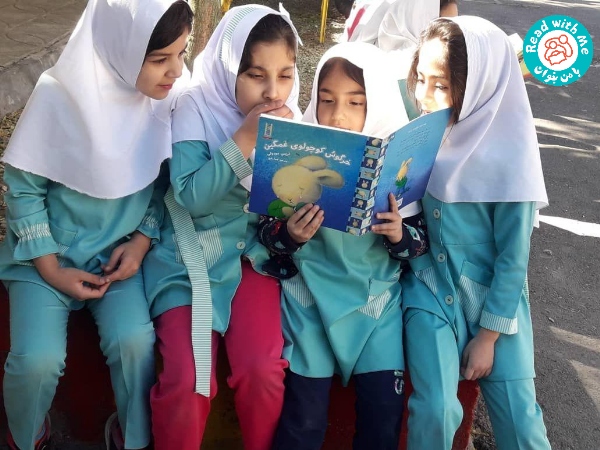
Other Questions:
- What were the biggest challenges you faced?
Educational system that deals with the subject of reading books and literacy in traditional and old ways.
Illiterate families in disadvantaged areas who don’t contribute in the program and the last not least, money to support our projects in adequate ways.
- How did you overcome them?
It is not easy to overcome these problems. During the years we have learned how to cope with these big issues. In some areas, we could have negotiations with authorities to facilitate a part of problems. Recently, Read with Me has focused on families and designed some workshops for mothers. Step by step, we are trying convince the parents to acknowledge the benefits of reading with their children. By sending books and hand books and clips and videos to them, we are trying to motivate them and also create rich literacy environment at their houses.
- What are the most valuable things you’ve learned from running Read with Me?
We have learned, if we want to promote the culture of books effectively and develop life-long reading habits we have to start from babies and toddlers and families specifically in deprived areas. Families have the most significant role in changing the destiny of their children.
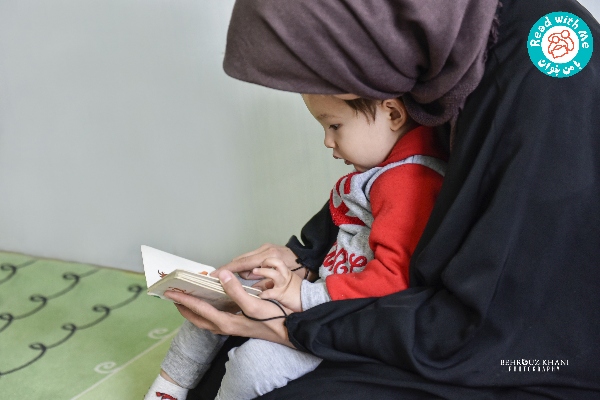
Zohreh Ghaeni
August 17, 2020

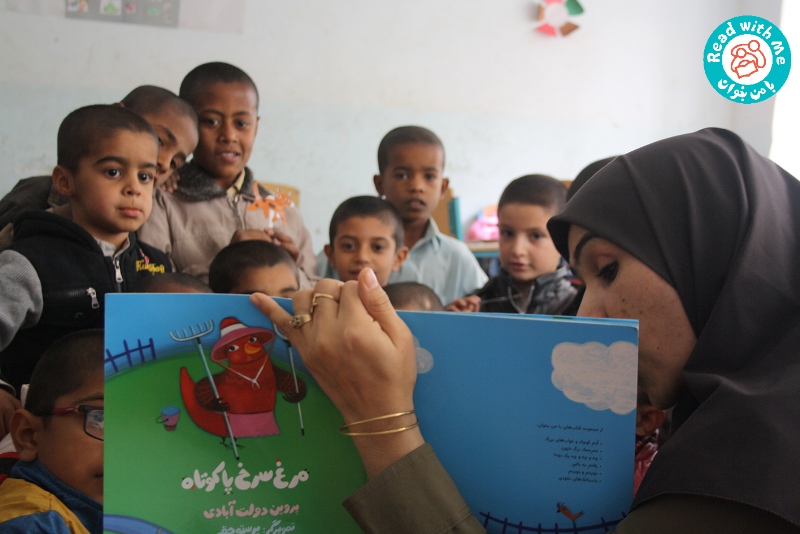
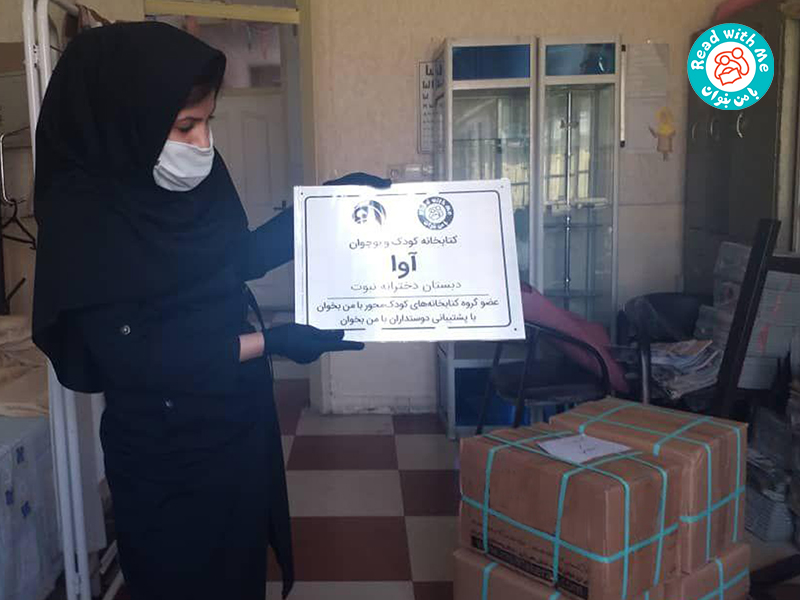



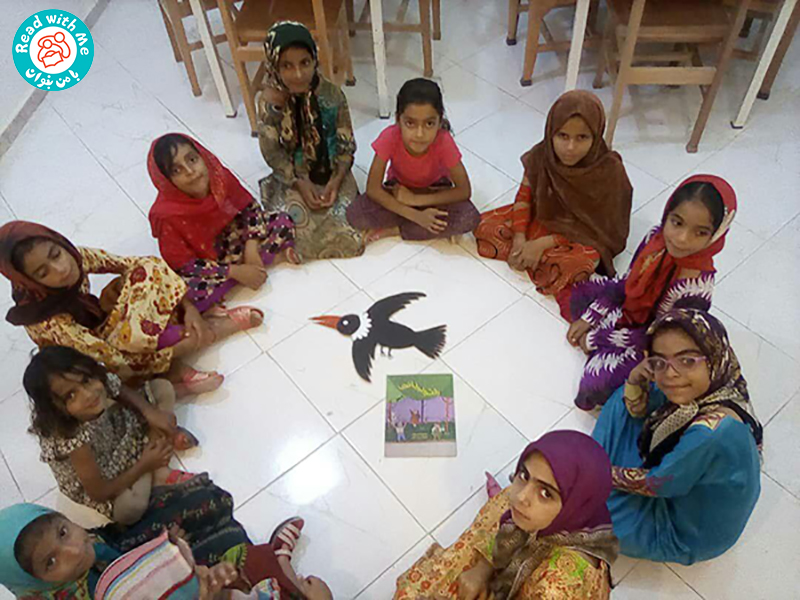
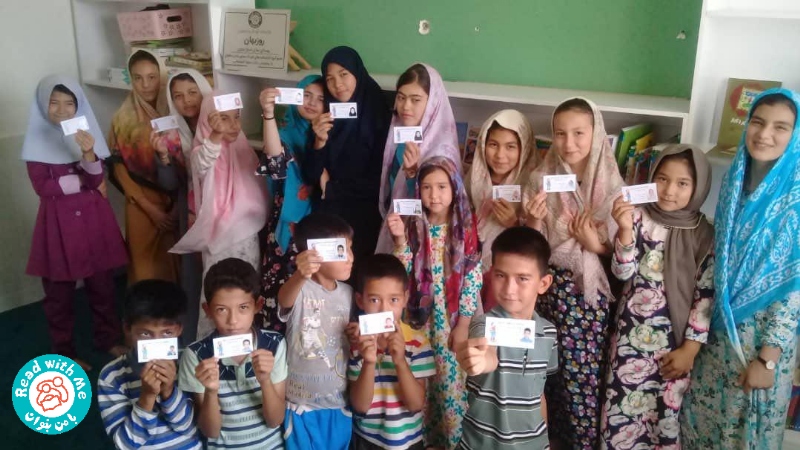
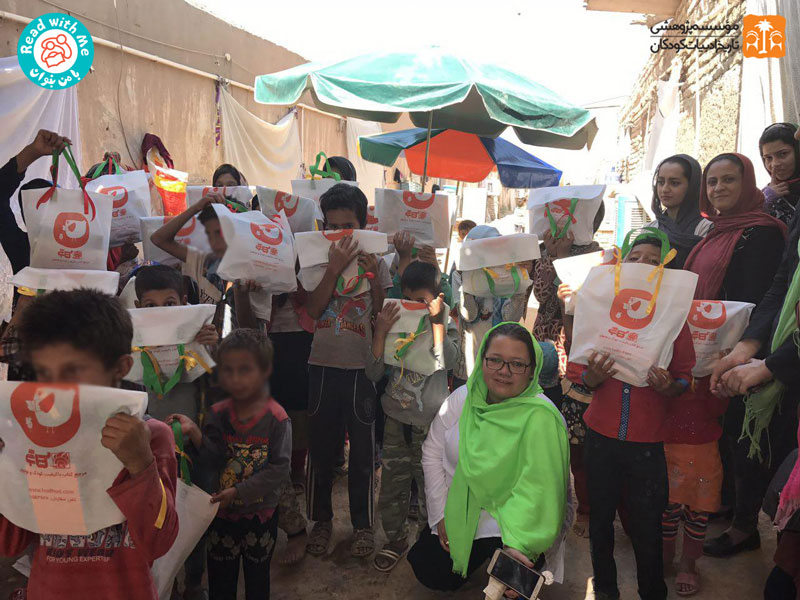
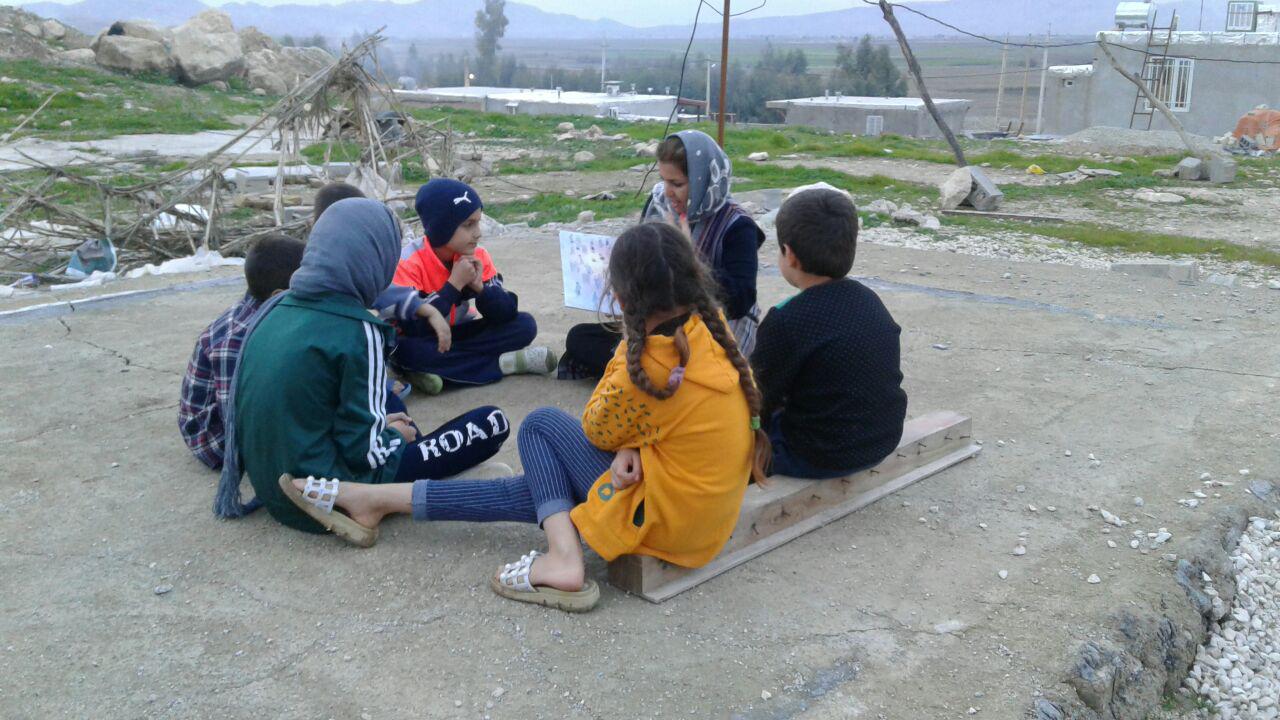


Leave a Reply
Want to join the discussion?Feel free to contribute!